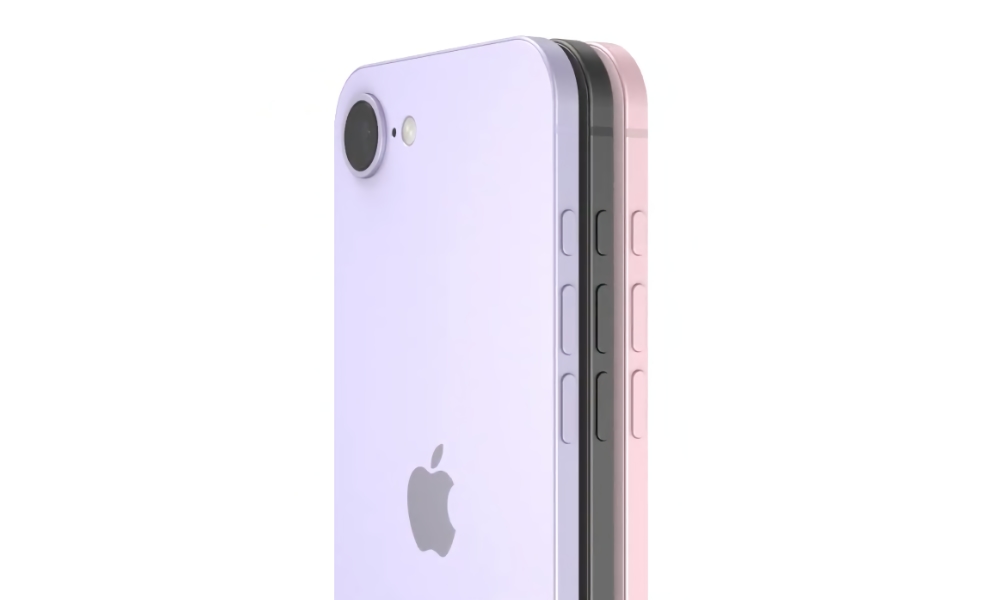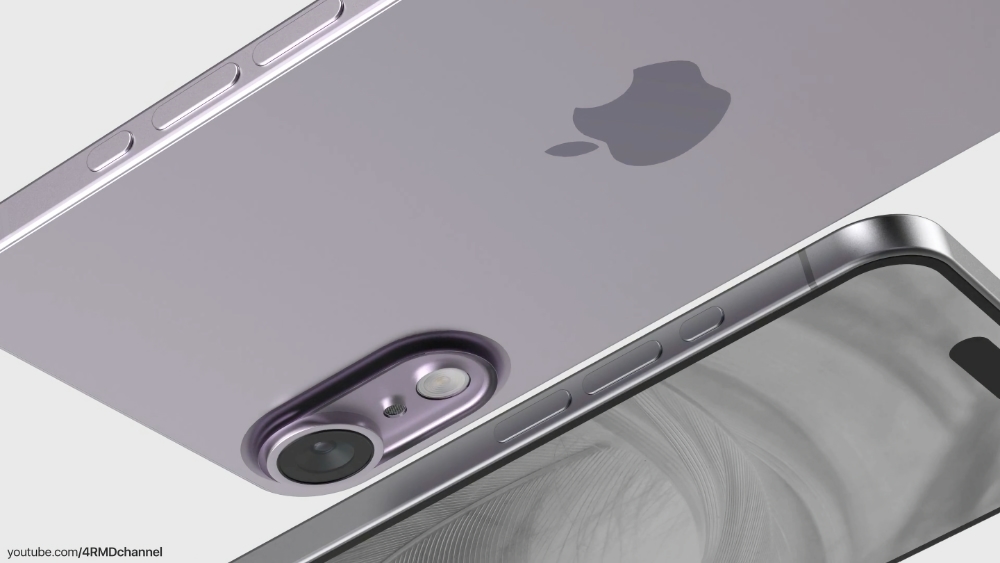How Thin Will the ‘iPhone 17 Air’ Be?
 Credit: iPhone Air Concept [Technizo Concept / YouTube]
Credit: iPhone Air Concept [Technizo Concept / YouTube]
Toggle Dark Mode
By now, it seems it’s common knowledge that Apple is preparing to replace the traditional iPhone 16 Plus with an entirely new ultra-slim iPhone next year. At least, that’s what nearly every reliable source has to say.
While only Apple knows for sure what its plans are, it’s clear that the company is on a new quest for thinness. In May 2024, Apple executives made a big deal about the “impossibly thin” the new M4 iPad Pro, showing how both iPads beat the 5.4mm 2012 iPod nano, which previously held the record for the thinnest device Apple had ever made.
There’s every reason to believe these iPads are just the tip of the iceberg. Multiple sources have pointed to an “iPhone 17 Slim” or “iPhone 17 Air” for this year, and some suggest it will give the same treatment to its M5 MacBooks later this year.
While some predicted this would be a “luxury” model that could be priced even higher than the iPhone 17 Pro Max, recent reports have settled on the idea of a more reasonable price tag — likely in the same ballpark that an iPhone 17 Plus would land, were Apple still planning to release such a device.

The new slimmer “iPhone 17 Air” — nobody knows what Apple will actually call it, so this is as good a placeholder as any — is Apple’s third attempt to do something different for its non-pro models. After stratifying the iPhone family into two tiers in 2018 with the iPhone XS/XR and solidifying that with the iPhone 11 lineup in 2019, Apple decided that one standard iPhone wasn’t enough. The 2020 iPhone 12 brought with it a smaller 5.4-inch iPhone 12 mini that turned out to be a relative account for only six percent of overall iPhone sales.
Apple kept that around in 2021 with an iPhone 13 mini, but that may have been because it was too late to change gears. In 2022, it switched things up to a larger iPhone 14 Plus, but after three generations, the standard 6.7-inch model hasn’t fared much better than its smaller predecessor.
Now, it seems that Apple hopes it can do better by creating something more interesting than just another size of iPhone. The so-called “iPhone 17 Air” will reportedly still have a similar footprint to the iPhone Plus — sources say a 6.6-inch screen is in the works — but it’s expected to be the thinnest iPhone Apple has ever made.
“How thin,” you say? While some have speculated that Apple might try to rival the 5.1–5.3mm M4 iPad Pro, that will be tough to pull off. The larger surface area of an iPad gives Apple a lot more room to space out the internal components, as exhibited by the fact that the 13-inch iPad Pro manages to come in 0.2mm thinner than its 11-inch counterpart. Even at 6.6 inches, Apple can only go so thin with an iPhone and still have enough room for a decent battery, 5G antennas, displays, and camera hardware.

The “iPhone 17 Air” is already expected to cut corners by going with a single camera. Some sources have suggested Apple is planning a “major redesign” in other ways, such as moving the rear camera from the corner to the top center — a change that might be intended to shave off some thickness rather than for purely aesthetic reasons.
To put things in perspective, the thinnest iPhone that Apple has created to date is actually a decade behind us. The iPhone 6, released in 2014, came in at 6.9 mm, but by 2015, that had increased to 7.1 mm, and iPhones have been getting thicker ever since. The iPhone XR crossed the 8-millimeter mark at 8.3 mm, a size that continued with the iPhone 11 before falling back to 7.4 mm with the iPhone 12.

Today, the iPhone 16 comes in at 7.8 mm, and the iPhone 16 Pro (and iPhone 16 Pro Max) are 8.25 mm — without factoring in the camera bumps. Anything under 7.5 millimeters would be an accomplishment, and getting it below 7 would be a considerable feat. Expecting something as thin as an iPod nano or M4 iPad Pro is probably asking too much.
A new report from South Korea’s Sisa Journal (via MacRumors) gives us what seems like a pretty impressive yet reasonable prediction that the new ultra-slim iPhone will come in at a record-breaking 6.25 mm. That’s on par with Apple’s thinnest iPads; the iPad Air 2 and iPad mini 4 broke new ground in 2015 by slimming down to 6.1 mm, and every subsequent iPad Air and iPad mini has maintained the same level of svelteness.
This 6.25 mm measurement is one of the more precise we’ve heard, but it falls in the same zone as most other rumors. The one report that differs claims that Apple has developed prototypes in the 5-6 mm range, but it doesn’t say how many of those have been successful, nor which end of that scale those were on. Apple’s 2018 and 2020 iPad Pro models managed to come in at 5.9 mm, holding the record for the thinnest modern Apple devices until the M4 iPad Pro came along last year.
[The information provided in this article has NOT been confirmed by Apple and may be speculation. Provided details may not be factual. Take all rumors, tech or otherwise, with a grain of salt.]







